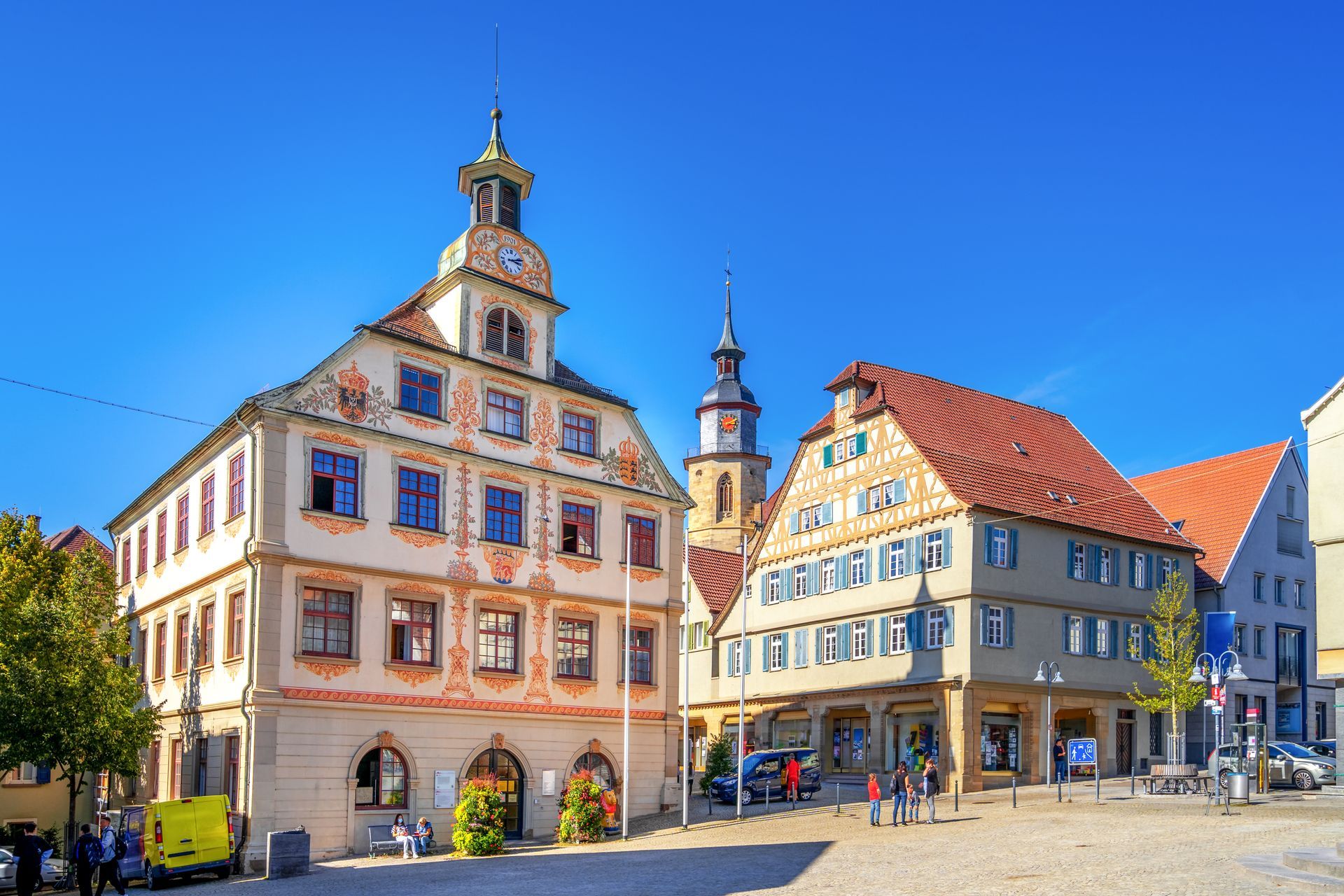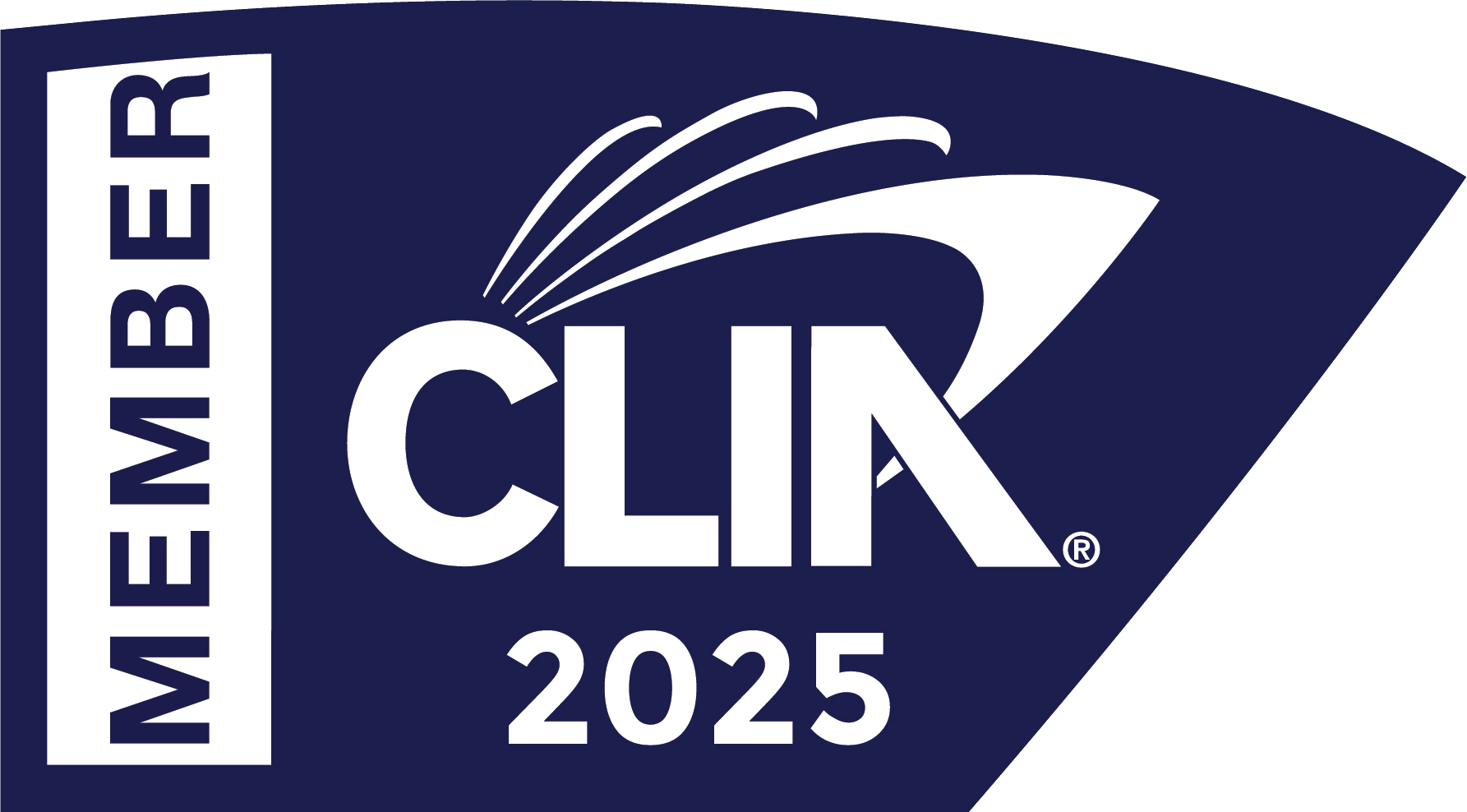Matching Ancestral Towns: How to Connect with Your German Roots
Allstop Travel
Starting Your German American Ancestry Journey-
You’ve probably hit a wall trying to piece together your German American ancestry with just a few faded documents and vague family stories. Sorting through online ancestry resources like Ancestry and FamilySearch can feel overwhelming without a clear starting point. This guide breaks down how to gather family documents, tap into local church archives, and match ancestral regions in Germany with today’s towns—showing why visiting those ancestral villages brings your family history to life beyond the records.

Starting Your German American Ancestry Journey
You're ready to discover your roots, but where do you begin? Let’s start with the basics of gathering information that can guide your journey.
Gathering Family Documents and Oral Histories
Start by collecting what you already have at home. Old letters, birth certificates, and photographs can offer clues. Even if documents seem unrelated, they often contain hidden gems. Chat with family members, especially older relatives. Their stories might seem fragmented, but each piece adds to the puzzle. Remember to take notes while listening. Every detail counts when you're building your family history.
Next, focus on organizing this information. Create a simple spreadsheet or use a notebook. Write down names, dates, and places that come up. This will help you see connections and spot gaps in your knowledge. You'll soon find that these initial steps form the foundation of your family history research.
Online Ancestry Resources: Ancestry and FamilySearch
With your basic info in hand, it’s time to dive into the online world. Websites like Ancestry and FamilySearch offer vast databases that can connect you with long-lost relatives. Start by entering the information you've gathered. These platforms can reveal records you didn't know existed, like immigration papers or census records.
Explore the features available on these sites. For example, Ancestry offers hints and suggestions based on the data you input. FamilySearch provides free access to records and a community of researchers eager to help. Trying different search strategies can lead to surprising discoveries about your ancestors.
Exploring Local Church Archives
Churches were central to communities in the past. They often kept detailed records of births, marriages, and deaths. Visiting local church archives can uncover information not available online. Begin by identifying the churches your ancestors likely attended. Call ahead to schedule a visit, as some archives require appointments.
When visiting, be prepared to handle delicate documents with care. Bring a camera or smartphone to capture images of records. Sometimes, these archives offer insights into your ancestors' lives beyond names and dates. You'll find that personal anecdotes or community involvement can add depth to your family history research.
Connecting with Ancestral Regions
Linking your findings to specific regions in Germany is the next step. Discovering ancestral towns can provide context and meaning to the names and dates you've collected.
Matching Ancestral Regions to Modern-Day Towns
Germany's geography and political boundaries have changed over time. Understanding these shifts is key to matching ancestral regions with current towns. Use online maps and historical references to trace these changes. Websites dedicated to genealogy can also provide historical context.
Look for clues in your documents that mention town names or regions. Compare them to modern maps to pinpoint exact locations. This connection offers a clearer picture of where your ancestors lived, helping you visualize their world. Here are some examples of Matching regions to " Modern "day towns to regions they traveled from in North/South Dakota and Minnesota to start.
Black Sea (Odessa/Kherson region, today southern Ukraine & Moldova)
Kuchurhan (formerly Straßburg; includes former Baden) – Odesa Oblast, Ukraine→ Strasburg ND; Hague ND; Zeeland ND (Emmons Co.) — Many Catholic “Germans from Russia” from the Kutschurgan colonies settled Emmons County; Strasburg ND was named for the Kutschurgan Straßburg.
Lymanske (formerly Selz & Kandel) – Odesa Oblast, Ukraine→ Hague ND; Strasburg ND; Selz (historic post hamlet) ND — Kutschurgan district mother colonies that fed Emmons Co. Catholic settlements.
Kam’yanka (formerly Mannheim) & Shcherbanka (formerly Elsass) – Odesa Oblast, Ukraine→ Emmons & McIntosh Cos., ND; McPherson Co., SD — Additional Kutschurgan mother colonies whose emigrants appear among “German Russian” settlers in south-central ND/SD.
Bessarabian villages (e.g., Kulm; Hoffnungstal; Leipzig; Arzis/Arcis – today in Moldova/Ukraine)→ Kulm ND; Lehr ND; Glen Ullin area ND; Eureka / Java / Artas / Delmont SD — Documented migration waves 1882–1886 from Bessarabia into south-central SD and then into ND (Kulm Township & Kulm ND). grhs.org+1
Volga & Volhynia (today Russia/Ukraine/Poland)
Volga colonies (e.g., Norka, Balzer, Frank, Grimm—Saratov Oblast, Russia)→ Scattered families in ND/SD/MN; larger streams to KS/NE/CO — Present in Dakota/Upper Midwest rosters alongside Black Sea Germans (smaller share than Black Sea to ND). germansfromrussiasettlementlocations.org
Volhynian centers (e.g., Zhytomyr, Stanisławówka – today Ukraine/Poland borderlands)→ SE SD & MN communities — Listed among Dakota/Upper Midwest Germans-from-Russia lineages. germansfromrussiasettlementlocations.org
German states (direct-from-Germany streams to Minnesota & the Upper Midwest)
Ulm / Neu-Ulm area (Baden-Württemberg/Bavaria, Germany)→ New Ulm MN — Founded by the German Land Company & Turner Settlement Society; name chosen because many settlers were from Württemberg (Ulm). Minnesota Historical Society
Rhineland, Westphalia, Bavaria (cities/towns across these provinces)→ Stearns, Benton & Morrison Counties MN (St. Cloud area; “Father Pierz” corridor) — Fr. Francis X. Pierz’s 1850s letters drew Catholic immigrants—“sturdy sons of Rheinland, Westphalia, and Bavaria”—who founded dozens of parishes and farm hamlets.
Cologne / Hamburg / Gotha (German Rhineland & Thuringia)→ Carver County MN towns named Cologne, Hamburg, New Germany — German immigrants concentrated here in the 1860s; place-names reflect origins. Minnesota Historical Society
South Dakota German-Russian heartland
Multiple Black Sea colonies (Kutschurgan, Beresan, Glückstal, Bessarabia)→ Eureka SD & McPherson County; Hosmer SD; Java SD; Delmont SD; Artas SD — Classic “Germans from Russia” zone with substantial documentation and museum collections.
Visiting Ancestral Villages for Deeper Insight
Imagine walking the same streets your ancestors once did. Visiting ancestral villages offers a unique perspective that records cannot provide. Start planning your heritage travel with details from your research. Contact local heritage groups or museums in these areas—they often host tours or have additional resources.
When you visit, pay attention to the surroundings. Architecture, local customs, and regional foods can all tell a story. By immersing yourself in the environment, you gain a deeper connection to your family history. Remember, the longer you wait to explore these places, the more you miss out on experiencing your heritage fully.
By following these steps, you'll uncover layers of your family history you never knew existed.
Dive into your German American ancestry journey and let the past illuminate your present.

Snow Magic™ — How to Choose Winter You Actually Enjoy Winter hits different when you choose it—when it’s planned, intentional, and surrounded by warmth instead of stress. Snow Magic™ isn’t icy driveways, dead batteries, and slush in the grocery parking lot. It’s mountain towns, hot drinks, soft blankets, and scenery that reminds you winter can be gentle. Most travelers think winter trips are about skiing. They’re not. They’re about atmosphere. 1. Pick towns built for winter, not towns that just tolerate it Places like Breckenridge, Vail, Park City, or Banff don’t treat snow as a problem. Snow is part of the design. This matters because: sidewalks are heated shops and restaurants stay open late walking is easy and scenic you don’t spend every moment “surviving the weather” You’re not battling winter — you’re participating in it. 2. Book lodging that puts you in the center of life In a real winter town, the difference between a good trip and a stressful one is location. When I plan Snow Magic™ trips, I avoid: “Affordable” hotels 15–30 minutes outside town, properties where a car is required, resorts with shuttle drama, cabins you can’t reach in a storm You want to walk to: restaurants, sled hills, the bakery, the coffee shop, the gondola That’s winter you can feel, not just look at. 3. Skiers are welcome, non-skiers are spoiled Snow Magic™ includes: gondolas, hot springs, sleigh rides, spas, winter markets, scenic rail, cozy dining, fireplace lounges No one has to “keep up.” Everyone gets their version of winter. If one person skis and one doesn’t, I build a 2-track itinerary: morning for the skier, late morning bakery or spa for the non-skier, meet for lunch, slow afternoon together That’s how couples and families actually enjoy the trip. 4. Understand altitude before you go This is the mistake people make every winter: They arrive at 8,000–10,000 feet and try to “do everything” on day one. You’ll feel: headache, fatigue, irritability, nausea So I plan Snow Magic™ like this: Arrival → settle, eat well, hydrate, sleep Day 2 → activity or ski Day 3 → adventure You enjoy more when you slow down. 5. Know the vibe of each town Here’s how I guide clients quickly: Breckenridge — walkable, lively, food + shops, great for couples and groups Vail — upscale, galleries, elegant dining, structured experiences Steamboat — relaxed, cowboy culture, hot springs, real charm Park City — historic Main Street, Sundance vibe, excellent for long weekends Banff — dramatic views, national parks, winter photography heaven Winter is not “one size fits all.” You should choose energy, not geography. 6. Who Snow Magic™ is perfect for: couples who want quiet, families who want connection, travelers who want winter without chaos, professionals who need a mental reset, people who love cozy more than crowded How I plan Snow Magic™ trips I match: destination temperament, altitude tolerance, walkability, spa availability, travel month, storm season, lodging style I coordinate transfers, recommend packing options, and book restaurants and winter experiences so you can simply enjoy the season. If you want winter to feel like winter — not work: Tell me when you’re traveling, how you like to unwind, and I’ll design your Snow Magic™ itinerary.

The Meaning Behind the Marigolds: Día de los Muertos in Mexico E very late October, Mexico comes alive with cempasúchil, the golden-orange flower most people call marigolds. Their scent, color, and shape play one of the most important roles in Día de los Muertos—they’re not decoration; they’re guidance. In Indigenous tradition, cempasúchil are said to light the path home for returning spirits. Their bright petals create walkways from the street to the family altar, and their fragrance reminds loved ones where they’re wanted, where they’re remembered, and where they are still loved. Marigolds are an invitation: Come back to us. We haven’t forgotten you. Their color—resembling the sun—connects life, death, and rebirth. In Aztec cosmology, the sun was a symbol of movement and continuation. To this day, marigolds echo that meaning: life doesn’t vanish; it transforms. How Marigolds Are Used Paths of petals leading from doors to altars (ofrendas) so spirits can find their way. Garlands and rings around photos, candles, or objects meaningful to the departed. Fresh flowers on graves, especially in cemeteries where families gather through the night. Market displays that feel alive—tables piled high with orange and gold, filling the air with citrus and earth. Even if you don’t know the language or the prayers, you feel the message in the flowers. Where Travelers Can Experience This Oaxaca — Cempasúchil tapetes (flower carpets), parades, and community altars throughout the historic center. Mexico City — Massive public ofrendas and streets lined with gold. The scent meets you before the crowds do. Pátzcuaro & Janitzio — Island vigils where petals glow against candlelit graves. Deeply moving and very respectful spaces. Riviera Maya & Cozumel — Educational workshops and curated celebrations that help travelers understand the meaning behind the symbols—not just admire them. Visiting with Heart If you photograph altars or cemeteries, always ask first. Buy flowers, textiles, and folk art from local families and Indigenous artisans. Taste tradition—pan de muerto and atole—as part of learning, not entertainment. Remember you’re stepping into a collective act of love, not a performance. For Gardeners and Flower Lovers If you enjoy gardening, you’ll notice something familiar: Marigolds don’t demand attention—they give it. They protect tomatoes, invite pollinators, and thrive in the sun. In Mexico, they protect something far more fragile: memory. The same way a garden teaches us patience and care, Día de los Muertos teaches us to tend to the relationships that live beyond time. The marigolds do what gardeners know flowers naturally do—they guide, they nourish, and they remind. If you’re drawn to the marigolds, let’s plan your November trip to Mexico. If you’re drawn to the marigolds, let’s plan your November trip to Mexico. Sample 5-Day Itinerary — Oaxaca (Short Version) Day 1 – Arrival & Orientation Private transfer → Boutique hotel in Centro Histórico → Evening stroll through the Zócalo. Day 2 – Markets & Altars Visit local markets full of marigolds and sugar skulls → City walking tour → Chocolate or atole tasting. Day 3 – Artisans & Cemetery Vigil Village artisans (weaving/pottery) → Rest → Evening cemetery visit with a local guide. Day 4 – Workshops & Comparsas Choose a skull-painting or altar workshop → Night comparsa (parade) → Mezcal tasting. Day 5 – Slow Morning & Departure Coffee, final photos, artisan shopping → Private transfer to OAX airport. Ready to See It for Yourself? I curate respectful Día de los Muertos itineraries with trusted local partners, walkable neighborhoods, and guides who help you understand the meaning behind every petal, altar, and candle.

